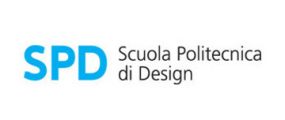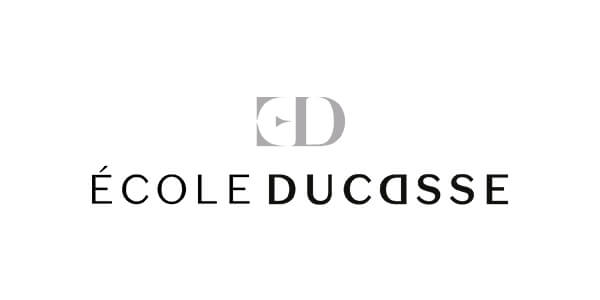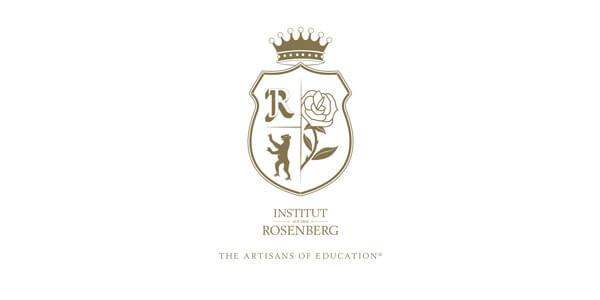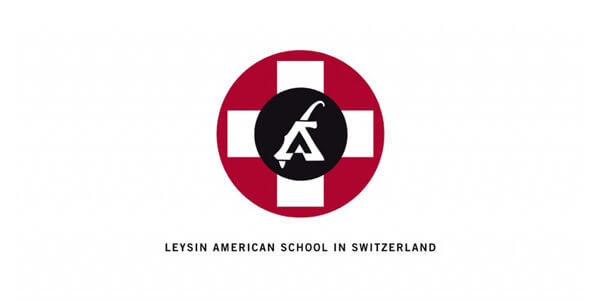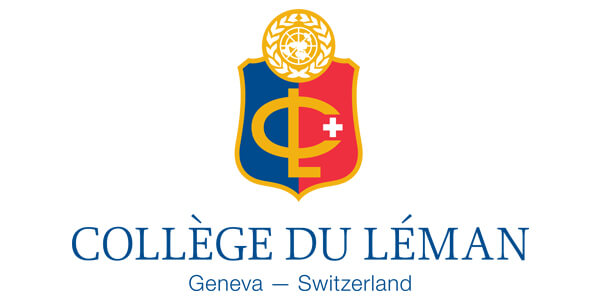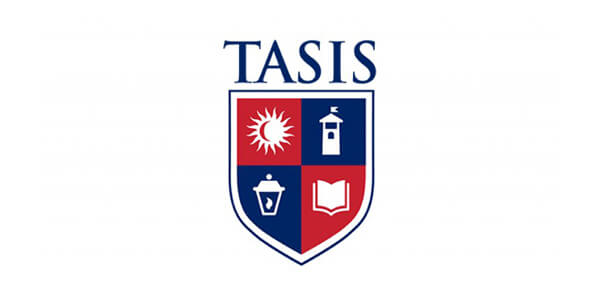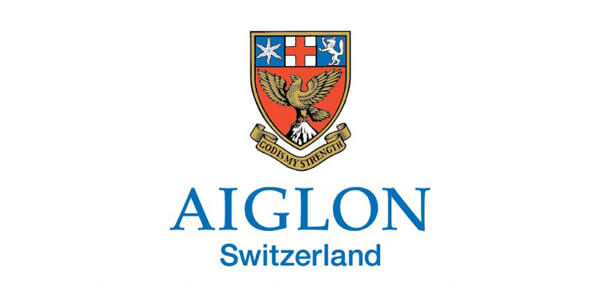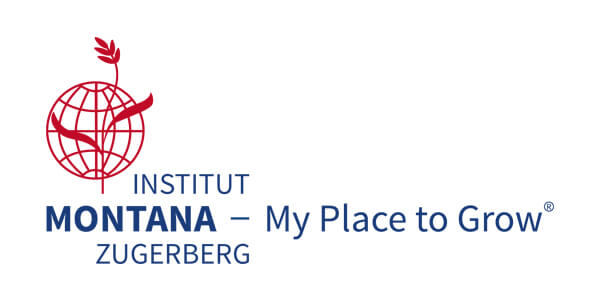Program
Master in One Year
1.1 Product Design :
– Providing basic training for product and interior designers.
– A well balanced teaching programme providing the necessary methodological tools for approaching a project.
– Consolidating historical and cultural backgrounds and providing a conceptual framework to refer to.
– General training aiming to provide the mastery of technical and technological instruments, the understanding of operative supports, and the vocabulary of product design and product systems design.
All lessons are directly relevant to the requirements and skills needed for the Master’s year, which is a continuation of this course and focuses on more specialised aspects.
Length of courseThe Basic Course lasts for one academic year (October to June): there are 20 hours of lessons a week for a total of 640 hours. Attendance is full-time and compulsory
1.2 Visual Design :
– Consolidating the basics of visual design thereby allowing a critical approach to the design stage.
– Basic design alongside general training. Providing an historical, cultural and scientific background to visual design focusing in particular on visual processes, also studied from a theoretical and physiological point of view.
– The coherence between the subjects covered helps in constructing a design methodology, a designer’s most vital possession.
– Providing the necessary technical, technological and linguistic skills for the further study of visual communication design during the Master’s year.
Length of course
The Basic Course lasts for one academic year (October to June): there are 20 hours of lessons a week for a total of 640 hours. Attendance is full-time and compulsory.
1.3 Car Design Tools :
– Providing a tightly interlaced mix of strategic thinking, design methodology with a spur toward product and system innovation, marketing and communication insights, car design hard skills.
– Teaching is arranged into a balanced combination of theoretical teaching and project-based training.
– The course is aimed at candidates with an academic background non relevant to the main area of study wishing to acquire the essential set of skills to approach the design process.
– Lessons are directly relevant to the requirements and the skills needed for the Master’s year, which is a continuation of this course and focuses on more specialised aspects.
Master
2.1 Industrial Design :
– Providing an overall experience in product design, from the preliminary concept to its refinement, from physical and digital representation to the communication of the project.
– Stressing the experience provided to the user and the social meaning of the product. Students are proposed an open, interdisciplinary methodology that values their own cultural background and emphasises the role of dialogue and mutual exchange in the creative process.
– The association with major industrial partners has the purpose of perfecting the education by providing students with challenging tasks that allow them to face the relationships with business and organisations in a mature way. – Technical training is particularly emphasised to build up solid professional groundings. Students can use modelling and computer design laboratories equip with the most advanced softwares.
Entry
Upon selection the Master admits graduates in Industrial or Product Design, Architecture, Product Engineering or equivalent, and students from academies of applied arts; candidates who have gained significant professional experience in the field.
Duration
The Master lasts for one year (from October to December of the following year, with a summer break in August). Attendance is compulsory and full time.
Internship
At the end of lessons, students will start their internship at companies or professional firms in the field.
Language
The Master course will be held in English.
2.2 Transportation-Car Design :
– Embracing the entire design development process by researching into new experiential concepts, redefining architectural solutions and moving forward with new criteria for comfort and efficiency. Parallel to the technical training, studio projects are organised in collaboration with major car companies. – In particular SPD has signed a long term educational partnership with Volkswagen Group Design involving the participation of designers from the various brands – from Audi to Lamborghini – into the teaching activities.
– After the initial exploration, students move forward into design concepts and their refinement up to both physical and digital modelling. It’s a long process that demands a high level of personal commitment and flexibility, organisational and time management skills as well as a strong attitude to teamwork.
– Projects are subject to group critiques and critiques with outsider reviewers. Transportation designers thus acquire a constant spur to innovation both in form language and function, allied with the understanding of engineering and production processes.
Entry
Upon selection, the Master admits graduates in Transportation or Car Design, Industrial Design, Vehicle Engineering or their equivalents, and candidates who have gained significant professional experience in the field.
Duration
The Master lasts for one year (from October to November of the following year, with a summer break in August). Attendance is compulsory and full time.
Research project
At the end of lessons, students finalise their research project in collaboration with the academic sponsor.
Language
The Master course will be held in English.
2.3 Interior Design :
– Course contents deal with concept design, space planning, interior layout and display. The programme provides discerning insights into the language of materials, lighting, colour, furniture and the integration of technical components. The relation with the building is deeply investigated. All these aspects meet in the studio classes led by renowned professionals that support the creation of a working knowledge base.
– Collaborations with brands and institutions enable the students to comprehend how interiors communicate the brand values in a retail environment or in a corporate space through the use of architectural elements and spatial graphics.
– Students are encouraged to develop a conceptual approach in design practice gaining a strategic under standing of elements and processes involved. On the other hand, technical representation and architectural detailing serve the students as a mirror for reviewing their design and refining their professional skills.
Entry
Upon selection the Master admits graduates in Interior Design or Architecture, Product Design or equivalents and students from academies of applied arts; candidates who have gained significant professional experience in the field.
DurationThe Master lasts for one year (from October to December of the following year, with a summer break in August). Attendance is compulsory and full time.
InternshipAt the end of lessons, students will start their internship at companies or professional firms in the field.
LanguageThe Master course will be held in English.
2.4 Web Design :
– Offering an experimental pathway at the forefront of design, marketing and technology. Blending art direction and design contents with solid technical skills and a comprehensive background in digital communication.
– The programme develops in the interplay between theoretical teaching and practical tasks.
– Project-based activities in particular are central to the learning experience and leverage abilities and information acquired in the other courses. All projects follow a proper workflow encompassing the definition of the digital strategy and its relevant objectives, concept and information design up to front/back end programming.
– As the user experience is increasingly developing through social media, companies are changing their business accordingly. This new and thrilling scenario is deeply investigated with specific regard to the integration of content and navigation flow between websites and social network platforms and vice-versa. The overall didactic experience provides the students with professional abilities that allow them to engage in dialogue with the different figures involved in digital media projects.
Entry
Upon selection, the Master admits graduates in Media Studies, Communication and Graphics, IT Sciences, Design or Architecture and their equivalents or candidates who have gained significant professional experience in the field.
Duration
The Master lasts for one year (from October to December of the following year, with a summer break in August). Attendance is compulsory and full time.
Internship
At the end of lessons, students will start their internship at companies or professional firms in the field.
Language
The Master course will be held in English.
2.5 Visual Design :
– From identity to editorial design, from information graphics to digital communication, the programme develops in an ongoing relation between these disciplines. Format, layout and composition, typography, content management and visual references are closely investigated as key elements of the language of the graphic representation.
– The plan of studies includes advanced training into all the professional tools and up-to-date technologies.
– Studio classes draw up the students’ visual culture and enhance their overall design skills by reproducing challenging dynamics which are peculiar to the professional practice.
Entry
Upon selection, the Master admits graduates in Visual Communication, Graphic Design, Advertising or their equivalents and students from Fine Arts Academies with graphic orientation; candidates who have gained significant professional experience in the field.
Duration
The Master lasts for one year (from October to December of the following year, with a summer break in August). Attendance is compulsory and full time.
Internship
At the end of lessons, students will start their internship at companies or professional firms in the field.
Language
The Master course will be held in English.
